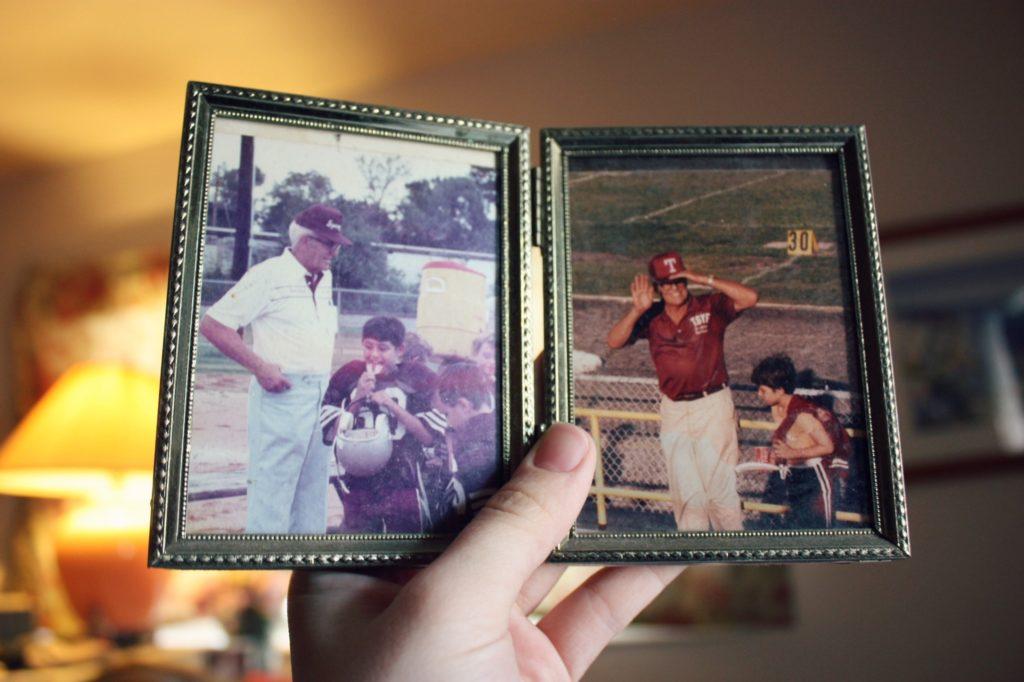 You bet!
You bet!
Yet they’re generally undervalued in this regard.
And it’s not just monthly donors who are undervalued.
It’s legacy giving in general.
How robust is your legacy giving program?
Legacy giving is largely misunderstood in the nonprofit world. Too many organizations think it’s not for them. Why?
Do any of these statements sound like something you’ve felt or heard from others within your organization?
- Legacy giving is complicated and overwhelming.
- Legacy giving requires significant legal and financial expertise.
- Legacy giving requires offering “vehicles” we’re not equipped to offer.
These are myths.
Really, all you need is expertise about your mission and the values your organization enacts.
You are a philanthropy facilitator, not an attorney or financial advisor.
As a philanthropy facilitator, it’s part of your job to help loyal supporters make their most passionate, heartfelt gifts. This enables them to enact their values, and to achieve a bit of immortality.
Here’s What’s True
Most legacies come from bequests. Not from annuities, charitable trusts or anything fancy.
You need to know just enough about bequests to refer donors – who may want to make the largest gift of which they’ll likely ever be capable — to their own legal and financial advisors.
If donors ask you for help creating a trust, you can find this expertise on an as needed basis. This is especially easy if you plan in advance by building a legacy advisory committee comprised of estate planning attorneys, financial advisors, real estate professionals and others willing to be “on call” for referrals. Good practice is to offer a donor several selections, so whoever they end up hiring is purely their choice. I recommend asking professionals if they’d be willing to offer a complementary consultation to explore options with the donor. Let the donor know if they hire someone, you’ll be out of the loop at that point. Though, of course, you’re happy to work with their advisor per their wishes.
Don’t let anxiety around something that rarely happens stop you from building a robust legacy giving program. Sure, a donor might ask you to help them set up a charitable remainder trust, but this is rare. Especially if this isn’t something you promote.
Speaking of anxiety…
1. Don’t Worry about Talking about Death
Mostly, you’ll talk about life. And hope the values your donor lived and cherishes will live on. A bequest offers symbolic immortality.
Legacy giving is more aspirational than annual giving. Even those who don’t give while they’re alive may aspire to be seen as philanthropists after their deaths.
2. Don’t Worry You Don’t Have Wealthy Donors
Anyone can leave a bequest. And it will likely be a much larger gift than they’ve given during their lifetime.
Many small donors leave surprisingly large gifts – maybe their house; maybe their entire retirement account. These are folks who only gave $25/year. If that.
In fact, 55-65% of bequests come from people not in your database. Generally, because they’ve noticed you – and admired you – along the way. This is why fundraising and marketing must be fully integrated. The success of your marketing communications is directly related to the success of your fundraising.
3. Don’t Worry Legacy Giving Will Distract from Annual Giving
The opposite is true. Dr. Russell James conducted research showing legacy giving commitments increase a donor’s annual and/or monthly giving. Specifically, he found the average annual gift increased by 75% after making a planned gift.
Why? These donors feel they’re now members of your family. They have skin in the game. They’re now investors in your success, and take an investor approach to their annual giving.
Combine Monthly Giving and Legacy Marketing
Both monthly giving and legacy giving are ways to assure long-term revenue. So why not combine them? It makes perfect sense, yet most nonprofits don’t really consider monthly donors in their legacy marketing plans. So, let’s look at how you might remedy this.
1. Start by Paying More Attention to Monthly Donor Cultivation
Too often nonprofits take a hands-off approach to these folks. They’re afraid they’ll stop giving if they’re reminded too much. That’s just fear speaking. It’s not based on reality. These donors are in constant connection to you through their giving; they want to hear from you!
That they’d be interested in hearing about legacy opportunities makes a lot of sense if you stop to think about this.
- These folks are loyal. They commit to you not just once a year, but every single month of the year.
- These folks give emotionally, from the heart rather than the brain. Legacy giving is also heart giving.
- Many of these folks, already sold on your mission, have assets to give wings to their heart inclination. In fact, monthly donors are up to six times more likely to become legacy donors than one-time donors. One U.K. study found 70% of bequests came from monthly donors.
What does this mean for you?
It means you should
(1) Build your monthly giving program, and
(2) Begin right away to message these donors about legacy giving.
2. Practical tips:
- Sprinkle legacy dust everywhere (term borrowed from Jen Love, Agents of Change) in all your communication materials. For example:
- P.S. in annual appeal
- Box on remit card/print donation envelope
- Check box on annual giving website donation form
- Drop-down in “ways to give” website menu
- Stories about legacy commitments in newsletter and/or blog
- Legacy giving listing in annual report
- Social media shares
- Communicate the importance of writing a will. People tend to do this during life cycle events (e.g., marriage; birth of a child; retirement; going on a big trip).
- Survey donors after their first gift. You can ask for birthdate to send a birthday card (and that way you’ll know their age and where they may be in their estate planning process).
- Look at women (often they outlive men, and their husband’s estate gets rolled into theirs), especially if they’re highly educated (undergraduate and or graduate degree) and/or childless.
- Look at same sex couples (often are childless and have two significant incomes).
- Look at people of faith (often have traditions of giving).
- Look at past giving (those who give multiple times annually – like monthly donors! — tend to be the most loyal).
- Consider purchasing predictive or propensity modeling that will help you rate donors, based on several criteria, to determine those who are the best prospects for legacy marketing. Or send legacy giving propensity surveys to donors who you’ve identified as high on propensity. Find out if they’ve included you in their estate plans already; might be interested in learning more, or will never be interested.
3. How to Measure Success
This is generally a long-term game, but there are ways to measure return on investment. Begin with non-financial markers of success.
- Look at numbers of outreach strategies.
- Look at evidence of engagement with these strategies. (e.g., they open an email; click on a link; visit a webpage; engage on social media).
- Look at acquisition of inquiries. (e.g., via phone; remit device returned; box clicked on landing form; response to social media share or text message, etc.)
- Look at numbers of commitments.
Be patient, but look for movement. See which strategies work and which don’t. Do more of the former, and continue to innovate when it comes to sprinkling legacy dust.
Want to Dive into the Major Gifts Pool Deep End?
 The Certification Course for Major Gift Fundraisers and the companion Certification Course for Managers and Executives are your ticket to the fundraising Olympics. These courses will have you diving off the high board in perfect form, assuring you rack up the highest scores (aka gifts) possible. The Veritus Group will be your expert teachers and coaches, and will help you every step of the way. In just three months from the August 29th start date you’ll be ready to take the leap, filled with confidence and capability beyond your wildest imagination. Take the course with your team to get on the same page, and feel free to mix and match the courses to qualify for the generous group discount for parties of three or more. Email me for discount info, or with any questions, at claire@clairification.com.
The Certification Course for Major Gift Fundraisers and the companion Certification Course for Managers and Executives are your ticket to the fundraising Olympics. These courses will have you diving off the high board in perfect form, assuring you rack up the highest scores (aka gifts) possible. The Veritus Group will be your expert teachers and coaches, and will help you every step of the way. In just three months from the August 29th start date you’ll be ready to take the leap, filled with confidence and capability beyond your wildest imagination. Take the course with your team to get on the same page, and feel free to mix and match the courses to qualify for the generous group discount for parties of three or more. Email me for discount info, or with any questions, at claire@clairification.com.
NOTE: If you sign up one month in advance of the start date, you’ll save $200!
Photo by Lindy Baker on Unsplash
-
Pingback: 7 fundraising mistakes and how to overcome them





